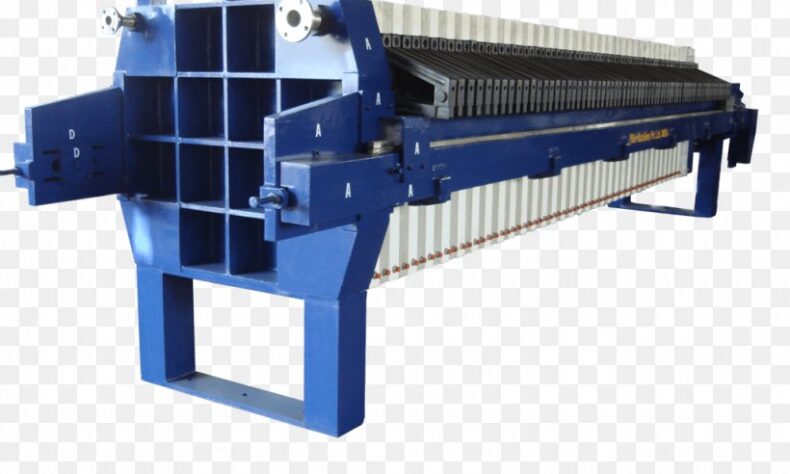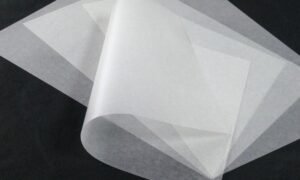

Because you will be using this filter press machine in your operations, it’s essential to ensure that it remains in working order throughout the entire time it’s being used. Multiple components comprise this machine, and each one plays an important role in its function. If you’re interested in learning more about the specific parts of this filter press machine, read on!
The Bucket
A filter bucket is a solid container in which contaminated water is placed and filtered. Most filter buckets also have a launder and splash guard to direct fluid from a valve onto the cloth without losing any of it into puddles or running off as overflow. Bucket features that come standard include pressure-release valves for lifting buckets by rope and an overflow spout for drainage. Sizes vary, but most fit easily on top of a 5-gallon drum, making them easy to move from one well site to another or store on-site at drinking water plants. Membrane Filter Press Selection: Most membrane filter presses measure roughly 8 by 8 feet and use 12 volts of electricity. They can be used for primary filtration, backwashing and rinsing. Filter Cloth Selection: Filter cloths should be selected based on flow rate requirements and contaminants present in your source water. Typical filter materials include polyester, polypropylene, cellulose acetate (CA), nylon/polyester blends and glass fibre reinforced plastic (GRP). Each material has different characteristics that make it more suitable than others for specific applications. For example, CA filter cloths resist heat better than other materials do; GRP filters can withstand high pressures, and nylon/polyester blends resist abrasion better than other materials do.
The Plate
The main part of a filtration system, a plate is a membrane pressed onto an aluminium frame. The key to choosing a filter plate is membrane filter cloth selection. The cloth should be chosen based on intended uses as well as any flow rate or capacity requirements. Because they’re significantly more porous than their solid counterparts, plates will generally have higher flow rates and lower operating pressures. If you’re planning on running anything past 8 pm, look for plates made with larger holes (300-400 microns) rather than those in nylon or polyester mesh which can only process about 2 pm at 100 psi—because you don’t want to create pressure drops that slow down flow rates even further. To calculate how much membrane area you need, divide your total flow rate by your desired pressure drop (or multiply it by your maximum allowable head loss). Keep in mind that these are general guidelines and that each project may vary. So if your application is unique, talk to us before deciding on a membrane filter cloth selection. To help get started, here’s our guide to membrane types.
The Platen
Without a platen, a filter press would not be able to apply pressure to a vessel containing fluid. This step is critical for processing water or fluid with high levels of solid waste that must be squeezed through a membrane. How much and how long each platen applies pressure depends on your specific industry and the type of membrane used. Plentiful options exist for ensuring you choose an appropriate platen that is perfect for your specific needs. Filter Cloth Selection: Selecting the right filtration material (filter cloth) will ensure you get great results out of your equipment and process.
The Separator Plate
A separator plate is one of those filter press machine parts that uses gravity to push out oil and water, thus separating two fluids that don’t mix. They may also be called a disc stack, and many times you’ll see them abbreviated as SP or DSP (that stands for separator plate). When it comes to oil filtering equipment, many companies prefer to use membrane separators because they’re easier to clean and maintain. However, disc stacks can offer better performance in low-pressure applications. For instance, these types of units can handle higher flow rates at lower pressures than membrane filters (though membranes will work at much lower pressures). It all depends on your needs!
The Pressure Cylinder
The most common type of pressure cylinder used in a membrane filter press machine is a pre-engineered, standard steel cylinder. Pre-engineered cylinders need to be built using a certain thickness of steel, including an additional lining if you’re looking for corrosion resistance. The majority of these come in either cylindrical or spherical shapes. Cylindrical is cheaper than spheres and has less elongation, but requires slightly more space than spheres. If you’re looking to minimize floor space, consider sticking with a spherical pressure vessel. (Get More Information Here.)
The Pressure Gauge
A pressure gauge is a type of monitoring device that is used to check and ensure that a liquid or gas maintains a specified internal pressure. It is often used to measure pressures inside boilers, vacuum systems, pipelines and chemical processing equipment to provide operators with necessary information about equipment maintenance or safety. In liquid filtration processes for treating water or wastewater, pressure gauges can be used to keep track of flow rates and quality by being inserted in pipes where fluids pass through. The Filter Cloth Selection: Not all filter cloths are created equal.





